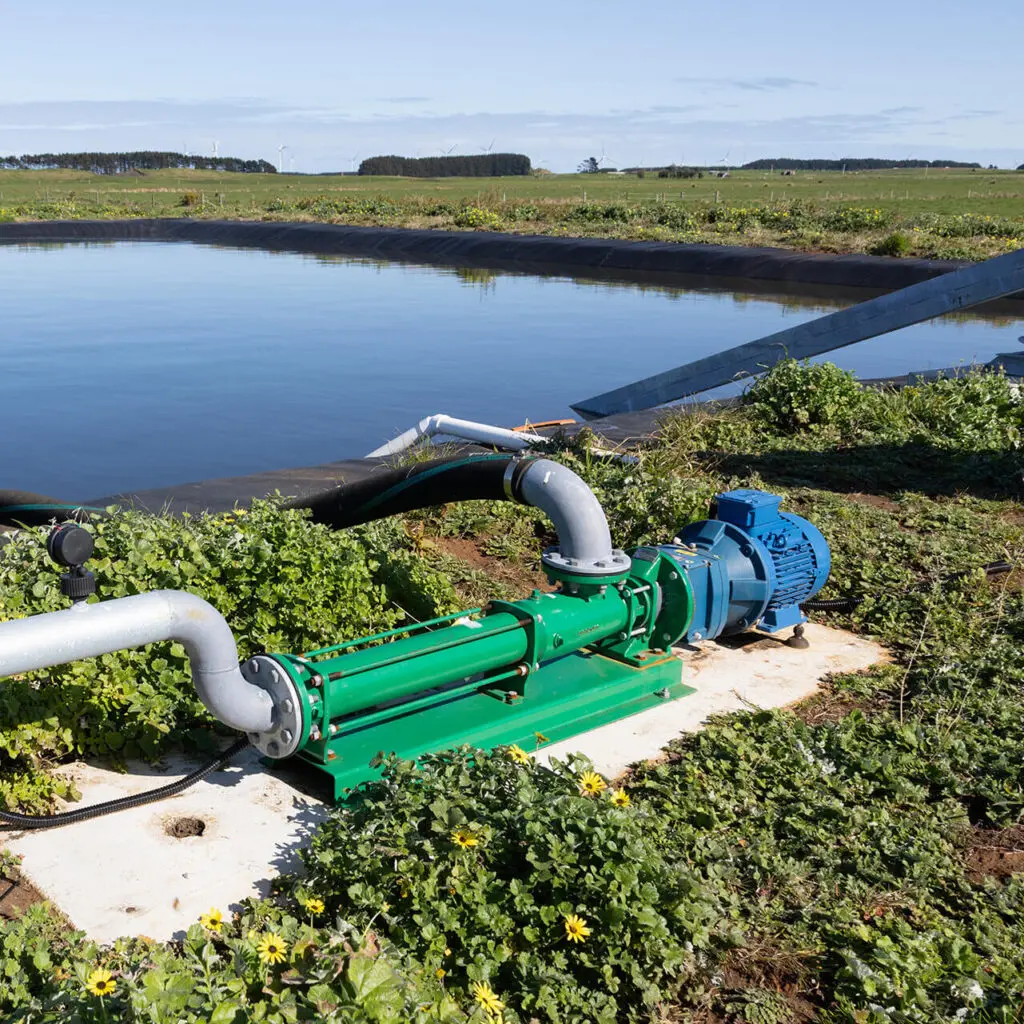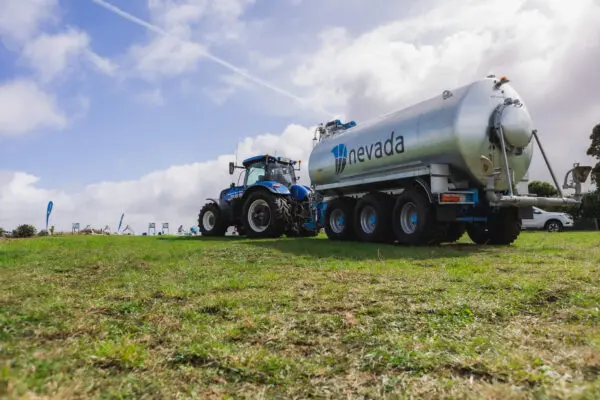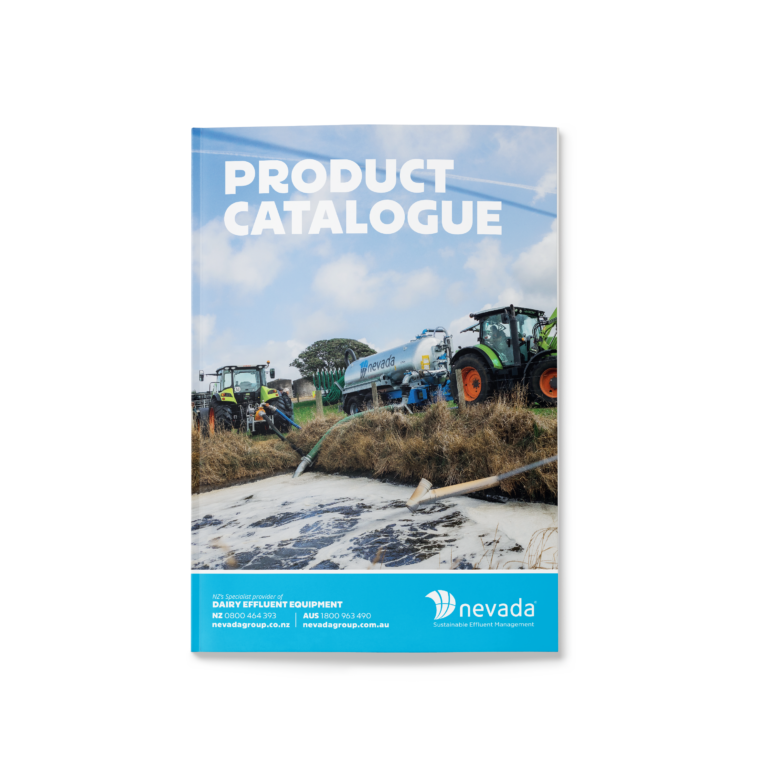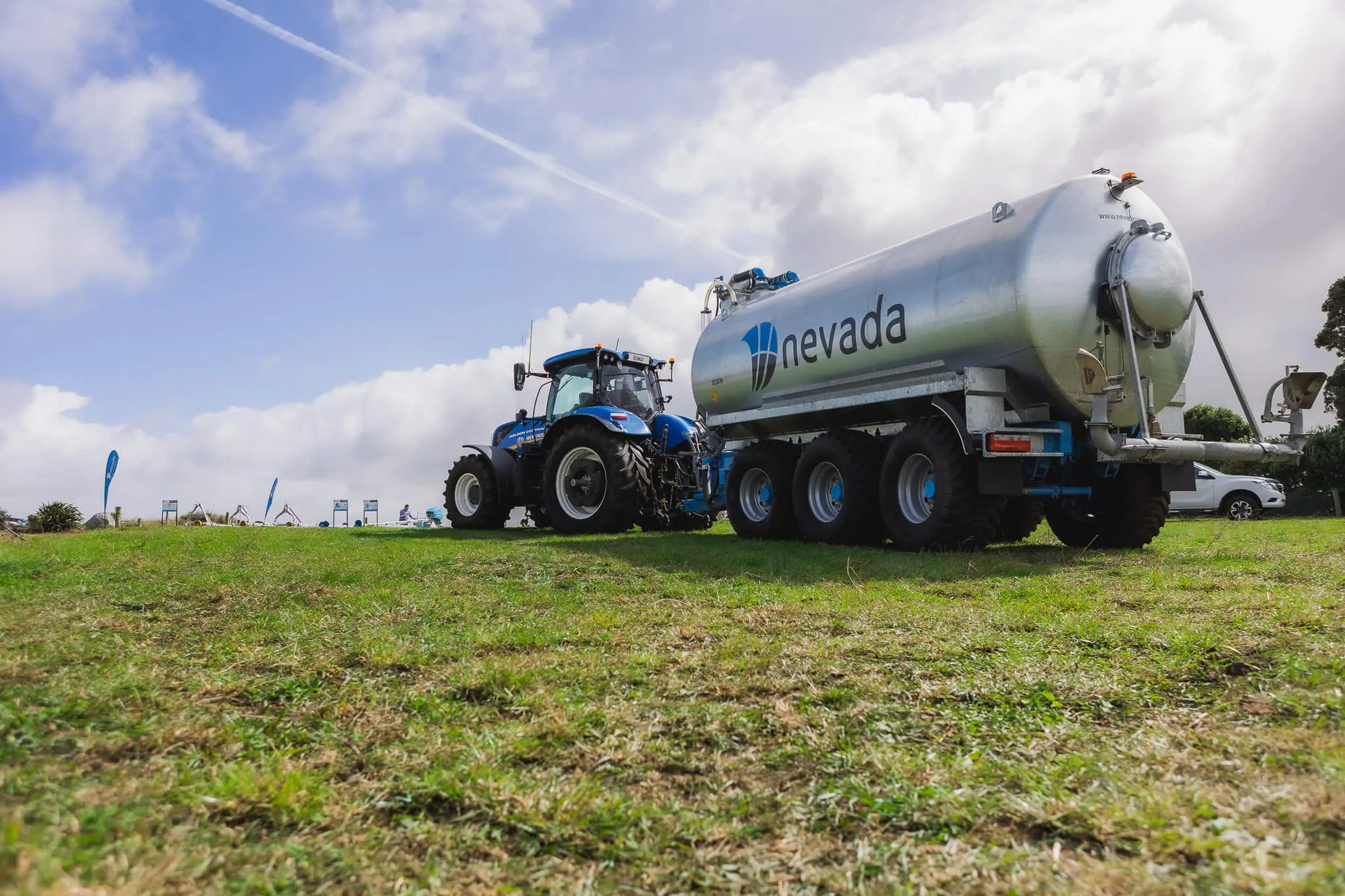- Sustainable Effluent Management
Knowing these 3 things allows you to determine the flow and pressure you need for your effluent pump.

The flow is determined from the irrigator specifications.
If you’re needing to convert different units of measurement, click here for an easy online flow converter calculator.
The pressure can be calculated as follows:
[Pressure required to drive irrigator] + [Pressure loss in the pipeline (headloss)] +/- Elevation + [Margin for pump wear]
Here’s an easy online calculator to help you calculate headloss or iff you’re needing to convert different units of measurement, click here for an easy online pressure converter calculator.
This calculation can also be worked backwards should you have a pump but need to know the best irrigator to integrate with the system.
Of course deciding on the best effluent pump for your situation is not just determined by the flow and pressure requirements, different types of pumps will be more efficient in different situations click here to learn more, or get in touch for some free advice.
"*" indicates required fields

"*" indicates required fields

"*" indicates required fields

"*" indicates required fields

